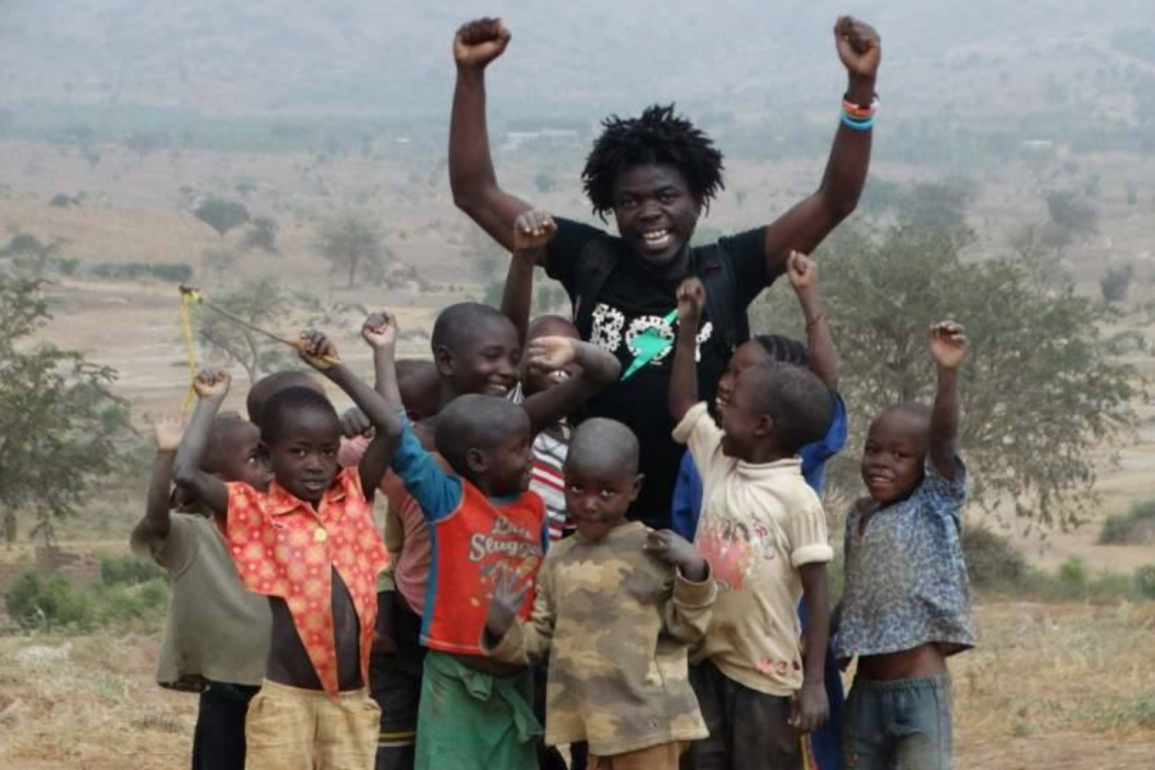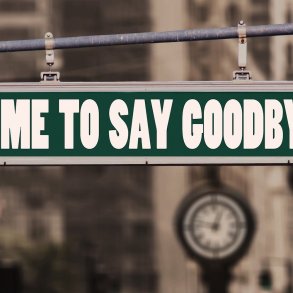By Christiane Seuhs-Schoeller, originally published in evolution at work on medium.com. This condensation by Charlie Efford for EE Magazine.
Would you think that the adoption of Holacracy® in Africa, in a learning context for disadvantaged youth, would be different from the experiences of people and organizations in the Western world?
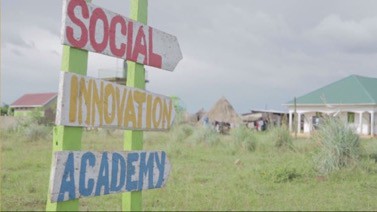
I did, when I decided to go to Uganda, to support SINA Social Innovation Academy, a social business that educates former orphans, street children, refugees, and other disadvantaged youth to become job creators and social entrepreneurs.
When a wish comes true
About 18 months ago I heard about a social business in Africa that was said to be practicing Holacracy. I found SINA and was impressed by what they were doing. I wanted to visit.
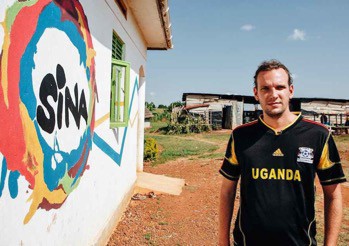
Six months later with encode.org, I was delivering a Workshop in Berlin and was delighted to meet Etienne Salborn, co-founder of SINA. We had a conversation over lunch and discussed how we were going to collaborate. In August 2017, only 4 months later, I found myself on a plane to Uganda with the intention of supporting SINA with their Holacracy practice for four weeks.
During my visit, I made beautiful connections and friendships, and heard heart-breaking personal stories. The decision to come back was easy, and five months later I am sitting on the terrace of the bottle hut writing this story.
From refugee to social entrepreneur
At the beginning of my second visit to SINA, I had a long and joyful conversation with Emile Kwilyame, a SINA graduate scholar.
Emile was born in 1994 in the eastern part of the Democratic Republic of Congo (DR Congo). About five years ago he fled his country and arrived in Nakivale, a large refugee camp in Uganda.
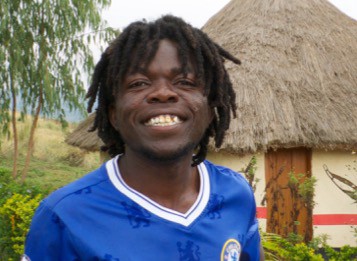
He started to help with youth social work in the camp, and became connected with SINA when they visited. It wasn’t long before he joined them. He completed the SINA program and is now deeply engaged in carrying the SINA purpose forward.
Today he is the initiator of two further Social Innovation Academies, one in Kampala, and one in the eastern part of DR Congo.
“SINA’s mission here is to show young people that it is possible for them to create their lives right where they are, in their home, rather than decide to leave and become refugees in Uganda or elsewhere.” -Emile
Emile also remains active in SINA’s original base in Mpigi. He is Lead Link of the Holacracy Support Circle, the Operations Circle, and holds various other roles in the organization.
Holacracy — what a confusion
Emile told me how totally confusing Holacracy was at first. How could you give away responsibility while fearing that everything would end in chaos? However, he recognised that it was also a good way to give people a better chance to develop their skills and potential.
Before Holacracy, SINA had defined some roles, intending to empower all. Each learning group had a “Contact Person Role”. Everyone assumed those role-holders were in charge. The people filling these roles were often overwhelmed, with the result that many good ideas did not get enough care and attention.
“When Holacracy was introduced the confusion started immediately. I was put into the role of Lead Link of the Sustainability Circle. That was a huge challenge for me! I had to trust that the work would get done. At the same time, I was carrying an underlying sense of fear that I would be blamed if things didn’t work out.” -Emile
As Lead Link, Emile facilitated all meetings. He didn’t know that this was not allowed according to the constitution. Across SINA, the Lead Link was still looked on as “the leader”, which made the power shift virtually impossible. There was additional confusion about the difference between an accountability, a project, and a next action. The coping strategy in all this confusion was, “as long as things got done the next day, everything would be ok.”
“Later, I came to realize, the more you do it, the more you understand it. At some point I just decided that instead of complaining about all these issues, I will start to find ways to do something about it. I went to the Ratifier, started asking detailed questions and gradually I started trusting that whatever comes will come, so let’s work it from there.” -Emile
Trying to adopt Holacracy in this way was hard for everybody. Gradually more and more education was made available to everybody at SINA in the form of books and videos, and this helped Emile.
Holacracy coaching — more frustration, more clarity
During my first visit in 2017, SINA had been practicing Holacracy for a year. The organization had found its own way to practice. People didn’t like it very much, but they had learned to live with the confusion.
Emile said to me: “When you came along and started pointing out how the practice was actually meant to be, that created even more frustration. For me, it felt like having to start all over again, which nobody wanted.”
Attendance at my Holacracy coaching sessions was extremely low during the early stages. The first week was a challenge for everybody. However, things started to improve rapidly once we got to know each other.
One of the first big “aha moments” was understanding the difference between Holacracy meetings and getting work done. Until that point, everybody assumed meetings were where the work got done.
When the meetings did take place, the people were not allowed to discuss things, so work was very unproductive. Understanding the Tactical Meetings and being free to work without waiting for another meeting was a huge relief for everybody.
Learning about the role of Lead Link was the next big revelation for Emile. He now had clarity that each role had autonomous authority, and that this was defined in the Governance.
Differentiating the personal and the organizational
With a smile, Emile admitted that the first Governance meeting I facilitated was very difficult for him. Especially around testing objections. But after two or three meetings, he started to appreciate how they worked and could be effective. He understood that even when talking to his brother in a role, it was only about work. Discussing their relationship was something totally different.
Personal growth big time!
At one point in our conversation, after a moment of silence, Emile verbally erupted:
“Oh, my God — Holacracy triggers personal growth big time! It gives people a voice and the opportunity to go outside of their comfort zone. The space for creativity, the clarity in communication, the self-awareness, the joy and love of what you are doing. There is something in the practice that connects me and my work to the purpose inside of me.”
While reflecting on the aspect of personal development, Emile felt that it would have been very helpful for SINA to have suitable spaces to support this journey.
Language of Spaces
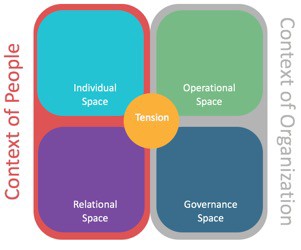
Language of Spaces: a framework to develop capacities for working in self-organizing contexts
Knowing only too well what the journey into Holacracy meant, I had already begun to introduce the Language of Spaces to some members of the organization during my first stay. Language of Spaces is a framework developed by Evolution at Work that helps individuals develop the core capacities needed to work well in a self-organized context.
One of the core capacities is “Differentiation and Integration (D&I Capacity)”, which helps people understand and integrate the differentiation of the personal and the organizational within a self-organizing entity.
On my first trip to Uganda, there wasn’t ample time to roll the Language of Spaces training out on a broader scale, but this time, I started teaching the framework immediately. Emile was one of the first SINA members to reflect and process one of his tensions by going through the D&I Practice.
Highlights of the journey
At the end of our conversation, I asked Emile what he would say were the most important learnings of his journey with Holacracy and Language of Spaces. Here are some of Emile’s responses:
“When you think, you know that something won’t work and the fear of doing something wrong stops you from trying, you miss out. Because, guess what: In at least 70% of the cases it does work and it moves the organization forward. The rest is learning to try to do things in a different way. Holacracy taught me that.
The space is safe if there is trust. Trust grows through the practice of Holacracy.
The D&I Practice showed me that everything can be processed — everything has a space.”
Does Holacracy differ within different cultural contexts?
On the outset of my journey, I was curious whether the adoption of Holacracy in Africa, in a context like SINA, would be much different from the contexts I have experienced many times before. I was pleasantly surprised to find that there were many more similarities than differences.
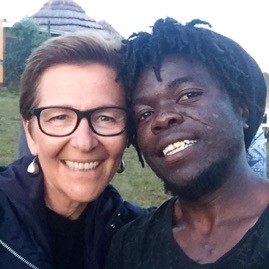
Thank you, Emile and all wonderful people at SINA, for gifting me with these rich experiences!
Republished and condensed with permission of the author.
Featured Image/Graphic link from original article
